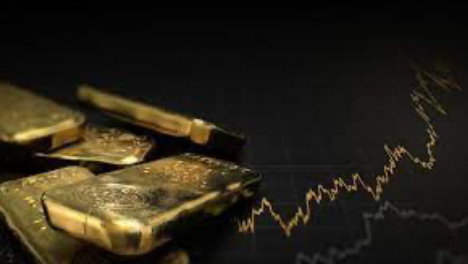Gold and silver are often considered as safe-haven assets that can act as a hedge against inflation. During periods of high inflation, the value of paper currencies, such as the US dollar, tends to decline as the purchasing power of the currency decreases. This can lead to an increase in demand for gold and silver as investors seek to protect their wealth.
In general, gold and silver prices tend to rise during inflationary periods, as these precious metals are seen as a store of value and a safe haven for investors. When inflation rises, the cost of goods and services also tends to increase, which can lead to higher demand for gold and silver to preserve purchasing power.
However, it’s worth noting that the relationship between inflation and gold/silver prices is not always straightforward and can be influenced by a variety of other factors, including supply and demand, geopolitical events, and investor sentiment. Additionally, gold and silver prices can be subject to short-term fluctuations and market volatility, so it’s important to take a long-term view when considering these assets as a hedge against inflation.
We would invite you to read about how gold and silver have held up as a sore of value in the last 100 years to see for yourself how they maintained or surpassed the value of currency over time.
In 1960, fifty cents had more purchasing power than it does today due to inflation. According to the US Bureau of Labor Statistics inflation calculator, the equivalent purchasing power of 50 cents in 1960 is approximately $4.41 in 2023 dollars.
A 1960 silver half dollar contains approximately 0.3617 ounces of silver. As of February 18, 2023, the current price of silver is around $23.50 per ounce. Based on this current market price, the melt value of a 1960 silver half dollar would be approximately $8.49, the almost double the inflation value as noted above $4.41 in 2023 dollars. So it seems silver was fantastic, not only as a store of value but a near double inflation adjusted return and an 8.5X full return
